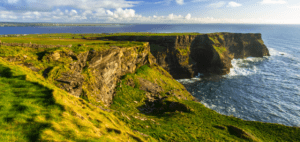The Appalachian Trail: Traversing the Historical and Natural Splendour of America
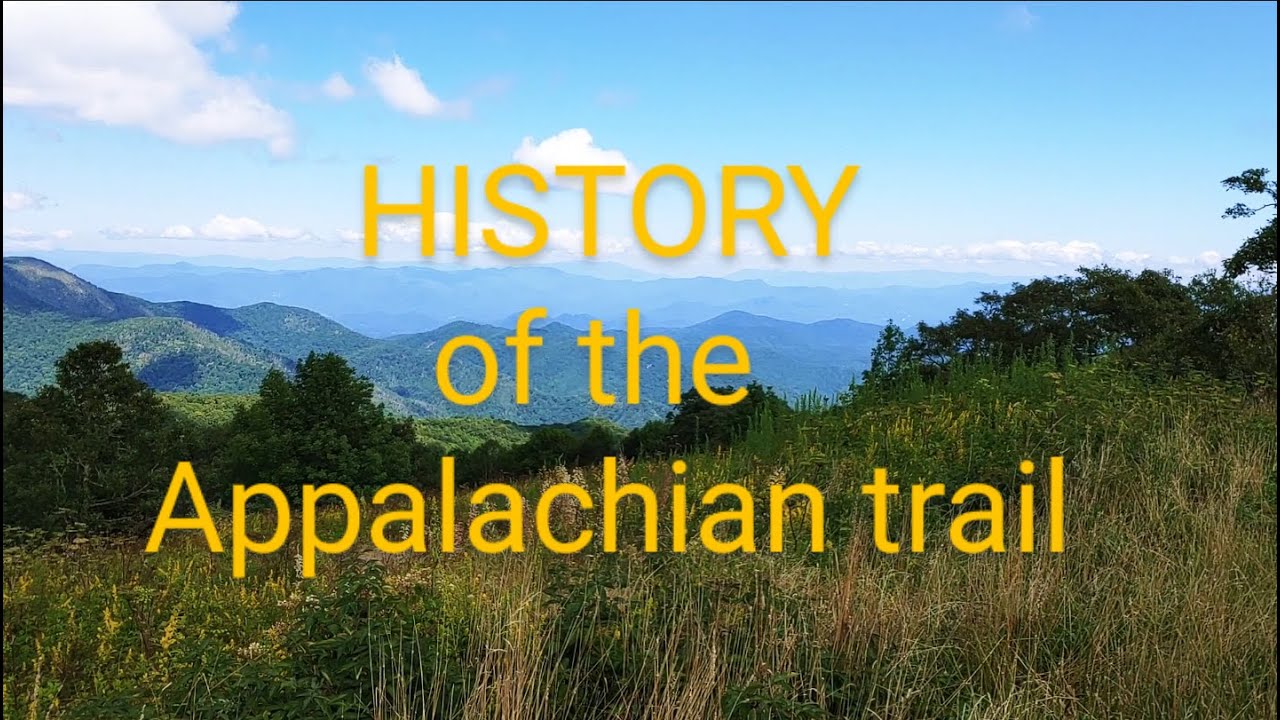
Updated On: April 16, 2024 by Eman Sameh
Spanning approximately 3,500 kilometres from Georgia to Maine, the Appalachian Trail offers a unique journey through the natural and historical landscapes of the Eastern United States. Known affectionately as the A.T., the trail provides a continuous green pathway through 14 states, each segment telling its own story of American heritage and the perseverance of conservation efforts. Our hike through America’s footpath is not just a physical challenge but also an exploration of the nation’s heart and soul, where every step is a walk through time and nature.

Established in the 1920s, the trail embodies the spirit of adventure intertwined with a deep respect for the land. It traverses diverse terrains, including lush forests, serene rivers, and majestic mountaintops. The trail’s history reflects a remarkable effort to connect people with nature and preserve the untamed beauty of the Appalachian Mountains. Hikers on the trail encounter a living tapestry of flora and fauna, witness to centuries of environmental changes. The A.T. is a testament to the United States’ commitment to maintaining natural sanctuaries for future generations while celebrating its historical roots.
Collaboration between various organisations and thousands of volunteers has ensured the trail’s sustainability. As we walk this revered path, we are reminded of the importance of maintaining the balance between enjoying our natural environment and protecting it. The A.T. is more than just a hiking route; it serves as a corridor for biodiversity and a refuge for those seeking respite from the modern world, offering an immersive experience of America’s natural and cultural heritage.
Origins and Development
The Appalachian Trail embodies a rich fusion of ambition and collaborative effort. It stands as a testament to the foresight of conservationists and the hard work of countless volunteers and organisations. From its conception to its maturation into the iconic pathway it is today, the trail’s history is steeped in a deep appreciation for nature and regional planning.
Creating the Vision
Benton MacKaye, a regional planner by profession, was the visionary who first conceived the idea of the Appalachian Trail in the early 1920s. His concept was not merely for a hiking trail but for a grand project that would promote environmental conservation, sustainable living, and regional development. He envisaged the trail as a connecting thread for a series of wilderness work, study, and farming camps.
From Dream to Reality
The transformation from MacKaye’s vision into a tangible footpath was no small feat. It began to materialise with the formation of the Appalachian Trail Conference (ATC) in 1925, an organisation pivotal to coordinating efforts to plot and construct the trail. The rugged pathway stretching over 2,000 miles required extensive collaboration; among the most prominent figures was Myron Avery, whose leadership and meticulous mapping skills were instrumental. Furthermore, entities like the Civilian Conservation Corps (CCC), established during the Great Depression, provided invaluable labour in the trail’s development. It wasn’t until 1937 that the trail was officially completed.
Our commitment has always been to preserve the history and integrity of remarkable feats such as the Appalachian Trail. The stewardship has since been passed on to the Appalachian Trail Conservancy, dedicated to the preservation and management of the trail, ensuring that it remains a place where nature and cultural heritage coalesce, offering an escape into America’s diverse landscapes.
Geography and Route
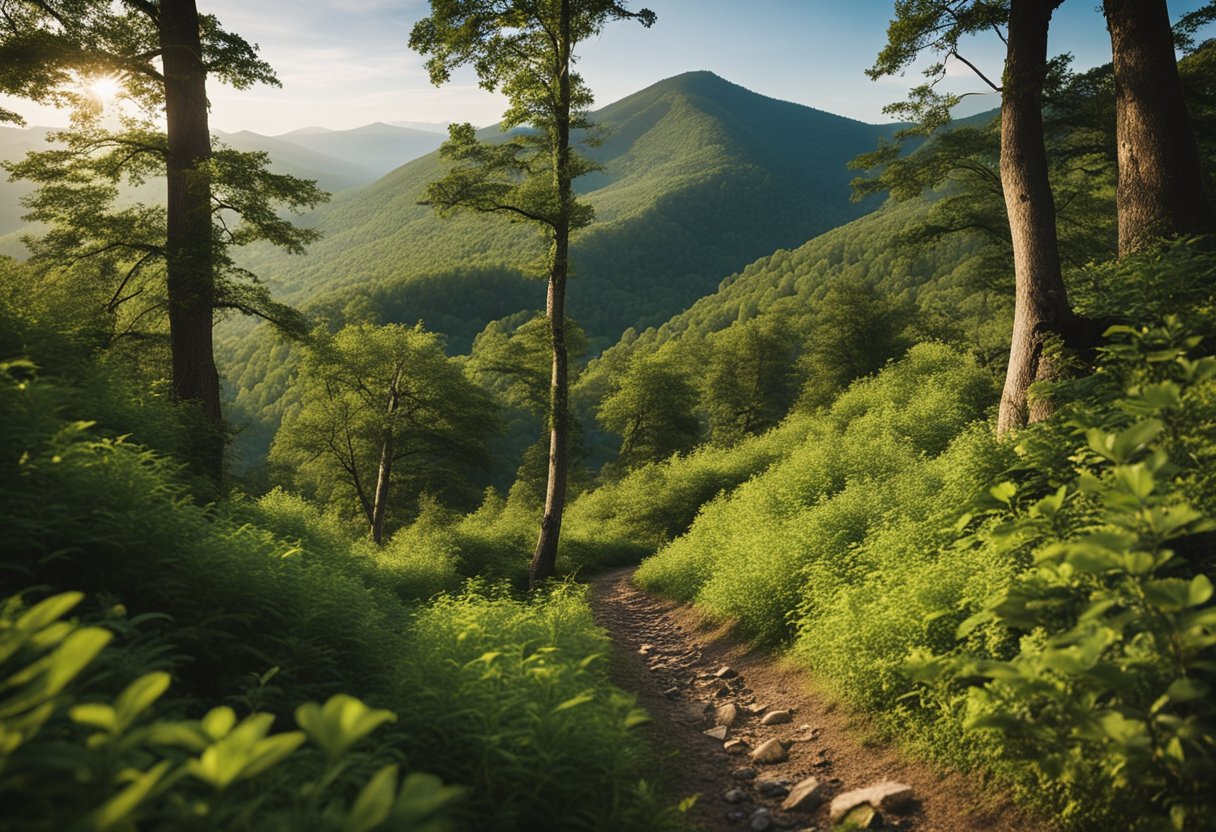
Spanning across 14 states, the Appalachian Trail invites us on a journey through diverse landscapes, offering both challenge and solace among some of the oldest mountains on Earth.
Trail States and Key Locations
The Appalachian Trail’s winds through Virginia, Georgia, Maine, West Virginia, Pennsylvania, Vermont, New Hampshire, New York, New Jersey, Connecticut, Maryland, and Tennessee—each providing unique vistas and terrains. Prominent stopping points along the trail include Harpers Ferry, often considered the psychological midpoint, and significant trail towns like Dalton, and Hot Springs.
In Georgia, the southern terminus begins with Springer Mountain and from there, the trail unfolds northward. While traversing through Virginia, a substantial portion of the trail at approximately 550 miles, hikers encounter historical sites and lush rolling hills. When reaching Maine, the trail culminates at the rugged and remote Mount Katahdin.
Notable Peaks and Challenges
As we navigate the trail’s extensive route, several peaks stand out for their elevation and the physical challenge they pose:
- Mount Katahdin in Maine, the trail’s northern terminus, is its highest peak in the North and a celebrated accomplishment for hikers completing their journey.
- Mount Washington commands respect in New Hampshire’s White Mountains, with its formidable weather conditions and steep climbs.
- Clingmans Dome, perched in Tennessee, is the highest point along the trail in the South. It offers panoramic views for those willing to ascend its heights.
The trail’s constantly changing terrain and the elements can indeed present a formidable challenge. Yet, it’s these very obstacles that embody the Appalachian Trail’s spirit and the unforgettable experiences it promises.
Natural Environment

The Appalachian Trail provides a vivid cross-section of the diverse natural environment of the eastern United States, from flourishing ecosystems to the challenges they face. We travel through some of the most picturesque landscapes with a rich array of wildlife and plants.
Flora and Fauna
The trail is a sanctuary for various species. Travellers are likely to spot moose in the New England states, while black bears are a common sight in areas with dense forests. As we trek southwards, deer and raccoons often appear near the meadows and campsites. The flora along the pathway changes with the regions, from the rhododendron tunnels of the southern states to the wildflowers that dot the highlands. Vibrant meadows and deep wetlands add to the picturesque diversity, nurturing unique communities of life along the Trail.
- Notable wildlife: Moose, black bears, deer, raccoons
- Floral highlights: Rhododendrons, wildflowers
Ecosystems and Challenges
The Appalachian Trail winds through various ecosystems, each with its unique climate and habitat. These environments range from shaded forests to alpine heights, each forming a natural corridor for the endemic and migratory species. However, challenges like climate change exert pressure on these ecosystems. Shifting weather patterns and temperatures can affect the habitats, impacting the survival and distribution of both flora and fauna. Our commitment to preserving these natural environments is as critical as ever to ensure the Appalachian Trail remains a haven for wildlife and an escape for nature enthusiasts.
- Ecosystem types: Forests, alpine regions, wetlands
- Challenges: Climate change, habitat preservation
Trail Infrastructure
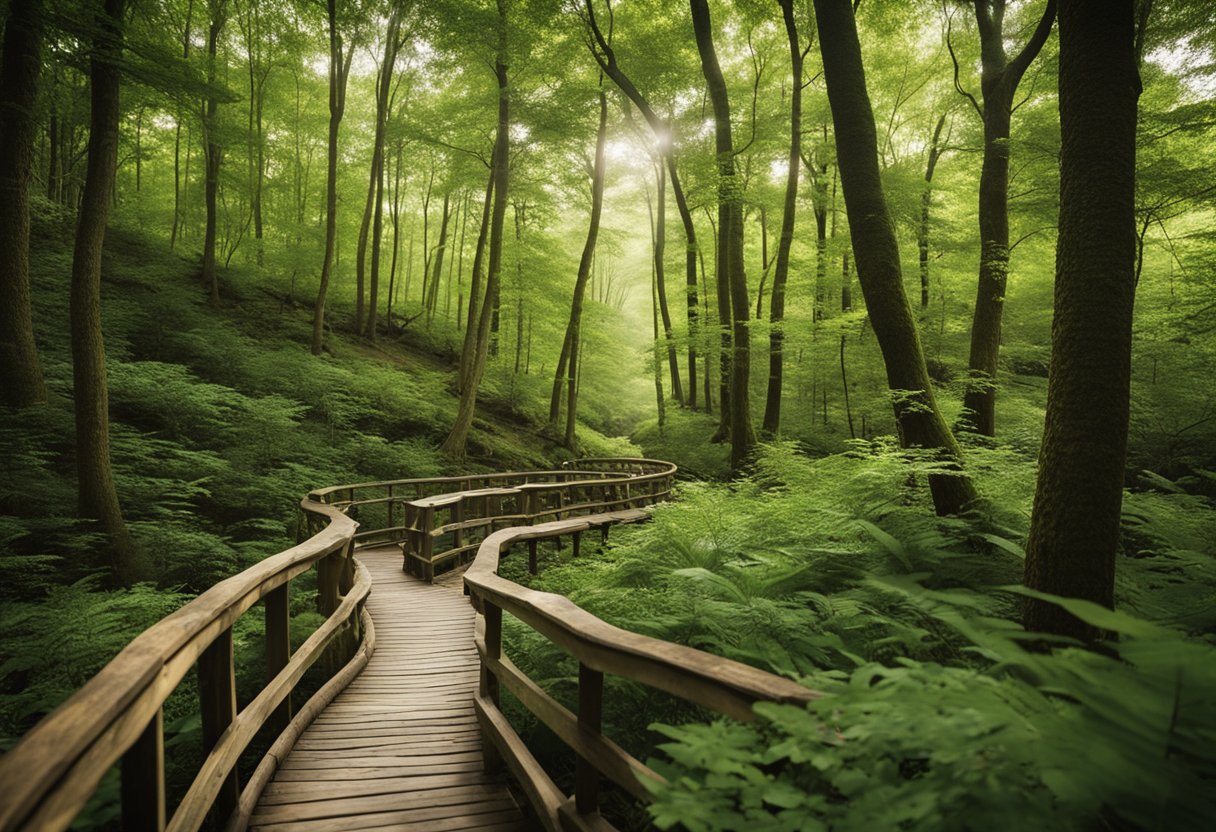
In constructing and sustaining the Appalachian Trail, a remarkable array of features and elements are integral to its accessibility and longevity. Here, we explore the essential components of the trail’s infrastructure.
Shelters and Support
Along the expansive length of the Appalachian Trail, a system of shelters provides hikers with basic accommodation. These structures, often called lean-tos or huts, are typically spaced a day’s walk apart and offer a reprieve from the elements. Many shelters are equipped with nearby water sources and a privy, affording a level of comfort in the wilderness.
Maintenance and Stewardship
The trail’s upkeep is a testament to the dedication of numerous volunteers and the coordination by several organisations. The Appalachian Trail Conservancy plays a pivotal role, collaborating with the National Park Service, U.S. Forest Service, and various state agencies to manage the trail. This alliance ensures that the footpath and its infrastructure, including bridges, signage, and boardwalks, are well-maintained for millions of steps to come.
Hiking the Appalachian Trail

The Appalachian Trail beckons as both a monumental thru-hike and a sprawling corridor of the American wilderness, steeped in history.
Thru-Hiking Phenomenon
Thru-hiking the Appalachian Trail is synonymous with both personal perseverance and an embrace of nature’s unfolding saga. Northbound thru-hikers typically begin their journey in early spring at Springer Mountain in Georgia, intent on surmounting diverse landscapes to reach Mount Katahdin in Maine. Their counterparts, southbound hikers, flip the trek on its head, seeking solitude in starting at Katahdin and advancing against the milder currents of fall towards the southern terminus.
Seasonal Considerations
The trail’s character shifts dramatically with the seasons, each presenting unique challenges and splendours. Thru-hikers must be well informed about climate conditions, from the potentially treacherous passages during early spring’s thaw to late autumn’s biting cold. With intention, one can align their hike with the favourable long days of summer or the vivid palette of fall foliage — each a reward in their own right.
Our duty is to navigate this journey with respect for both its natural and cultural heritage, ensuring that the trail endures for future adventurers and maintains its status as a piece of living history.
Cultural and Historical Significance
The Appalachian Trail offers a profound connection to the cultural and historical fabric of the United States, particularly the Eastern regions. Within its over 3,500 km, the trail weaves through a tapestry of historic landmarks and stories of influential figures who’ve shaped both the trail’s existence and the nation’s appreciation for natural and public spaces.
Historic Sites Along the Trail
The Appalachian Trail (A.T.) is not just a path through nature but also a corridor through U.S. history. Notable sites such as Harper’s Ferry, often considered the psychological midpoint of the A.T., were essential during the Civil War and housed the Appalachian Trail Conservancy Headquarters. The trail also passes close to Gettysburg, the site of the pivotal battle in American Civil War history, where President Lincoln gave his famous address. Each step along the trail is a step through chapters of American heritage.
Important Figures in Trail History
A seminal figure in the history of the Appalachian Trail is Benton MacKaye, whose vision for a continuous wilderness trail came to fruition through collective efforts posthumously. Another key character is Earl Shaffer, the first person recorded to have walked the A.T. from end to end in a single journey, an endeavour known as a ‘thru-hike’. His hike in 1948 demonstrated that this trail was more than just a line on a map; it was a viable way for people to engage intimately with the American landscape.
Conservation Efforts

Engaging in conservation efforts is essential for preserving the Appalachian Trail, ensuring that its natural beauty and historical significance are safeguarded for future generations.
Environmental Protection Initiatives
The Appalachian Trail is more than a mere footpath; it’s a corridor of biodiversity, rich in flora and fauna, necessitating constant vigilance and proactive measures to protect the environment. Land trusts play a critical role in acquiring and protecting land to maintain the trail’s natural state. Instances of vandalism are taken seriously, with prompt actions being implemented to address any harms and prevent future occurrences. Giving back through volunteering and donations has a direct impact on sustaining this treasure.
Partnerships and Collaboration
Our joint efforts with the Appalachian Trail Landscape Partnership harness the strengths of various organisations to magnify our conservation impact. Collaboration ranges from local communities to national agencies, reflecting a shared commitment to the trail’s wellbeing. Through these partnerships, we implement strategic initiatives that aim to preserve the trail’s integrity for everyone to experience and enjoy.
Challenges and Threats
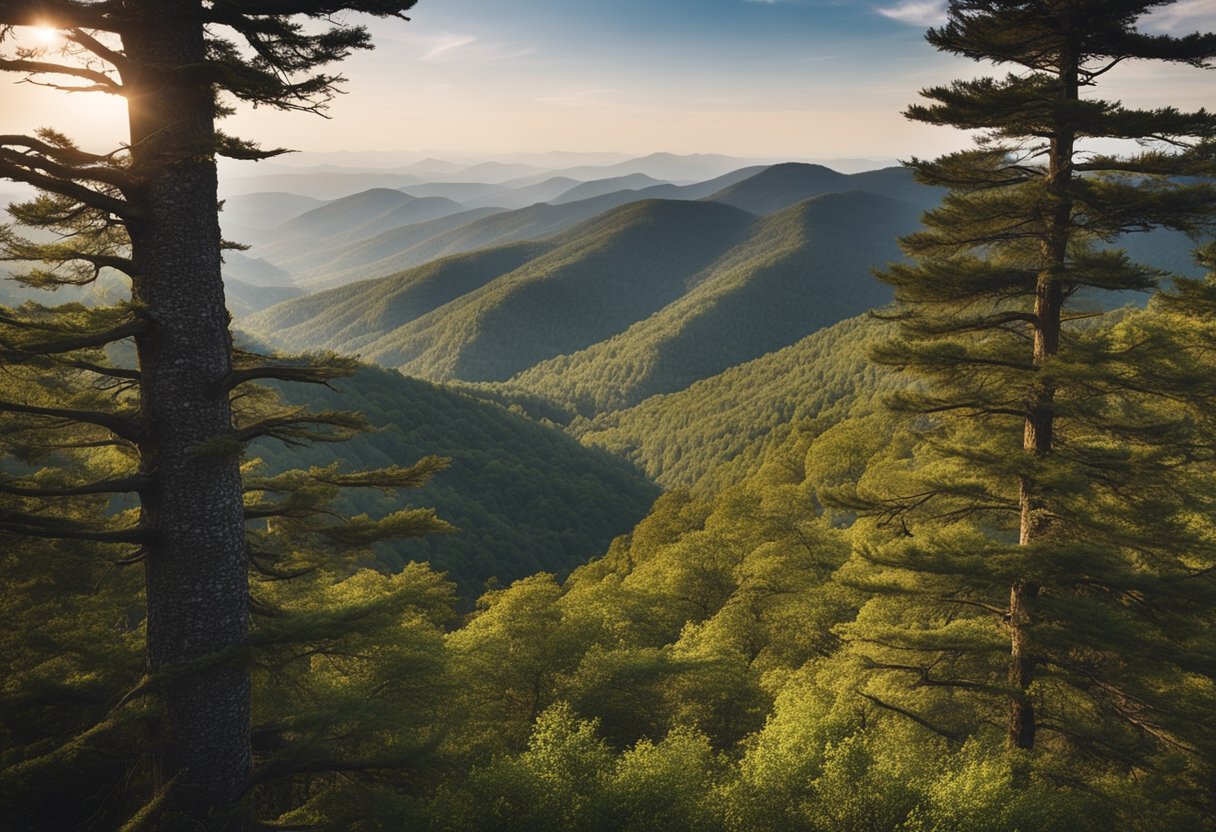
As we explore the Appalachian Trail, it is important to understand its challenges and threats. From land development pressures to climate change and disease impacts, these issues require immediate attention and collaborative efforts to ensure the trail and its surrounding ecosystems are preserved for future generations.
Land Development and Preservation
The very nature of the Appalachian Trail, often referred to as the Wild East, is under threat from land development. The pastoral landscapes that hikers have enjoyed for decades are becoming increasingly fragmented due to residential and commercial construction. To combat this, organisations like the Appalachian Trail Conservancy are tirelessly working to protect the land through conservation easements and acquisitions. In these acts of preservation, we find hope for maintaining the trail’s integrity.
Impact of Climate Change and Disease
Climate change poses a significant threat to the Appalachian Trail, impacting both the landscape and the species that dwell within it. Rising temperatures and changing precipitation patterns can potentially alter the trail’s famed biodiversity. Additionally, the spread of disease, affecting both plant and animal populations, has been exacerbated by climate change. Efforts to conserve an intact and enduring Appalachian landscape are crucial. We can address these multifaceted challenges through global collaboration and local stewardship.
Recreational Impact
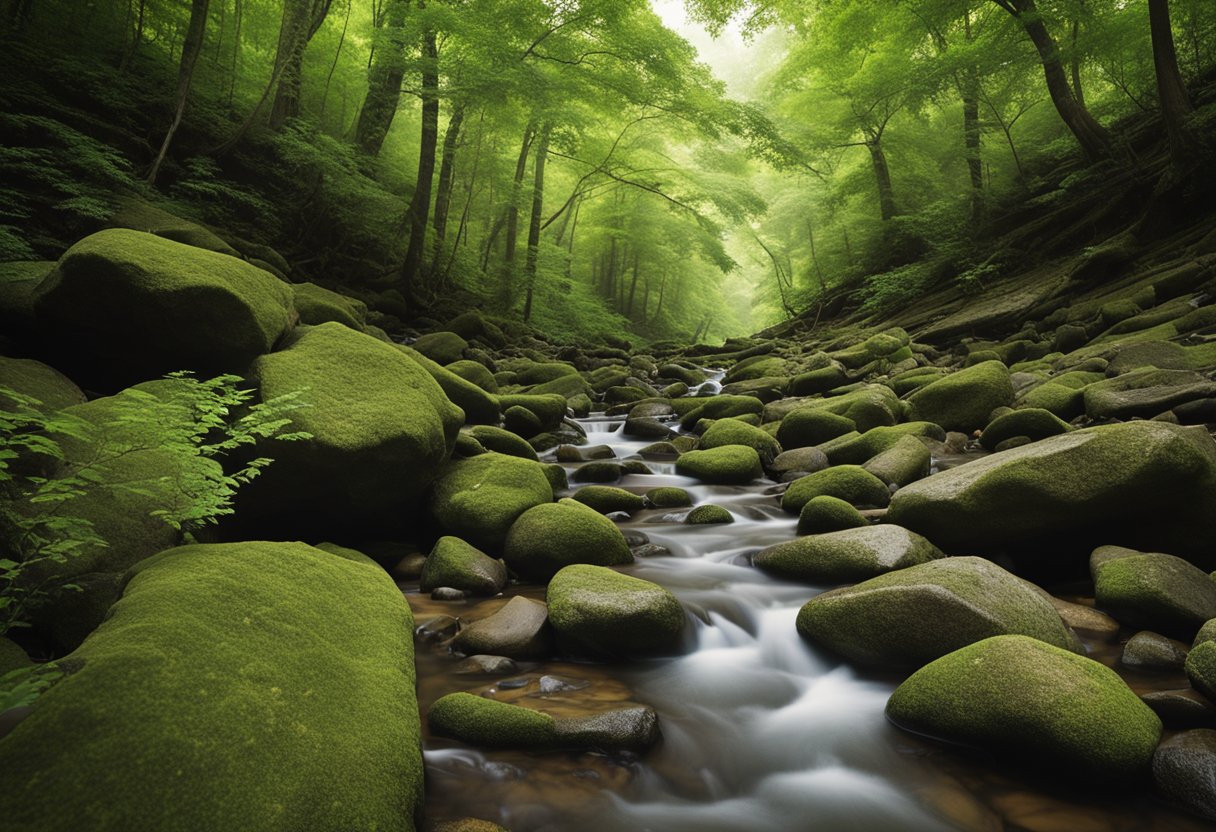
The Appalachian Trail serves as a significant recreational resource, intertwining the wonders of nature with human history. Its impact is profound, stretching from the tangible economic boons to the intangible but robust spirit of community and volunteerism it fosters.
Economic Benefits
The Appalachian Trail, affectionately known as the A.T., transcends being merely a footpath; it’s an economic lifeline for many communities. According to the Appalachian Trail Conservancy, multiple conservation projects showcased the A.T.’s economic influence in 2019. These projects protect the trail’s scenic beauty and bolster local economies by attracting hikers from around the globe, offering robust tourism returns. It’s estimated that millions are spent annually in towns near the Trail, making it a critical driver of local economies along its expansive 3,500-kilometre stretch.
Community and Volunteerism
Our collective dedication keeps the spirit of the Appalachian National Scenic Trail alive. Community and volunteerism create a sense of ownership and responsibility, with volunteers dedicating thousands of hours each year. These efforts, spanning trail maintenance to education, demonstrate our profound commitment to preserving these public lands. Our collective work ensures that the A.T. remains an emblem of natural heritage and communal unity, fostering shared stewardship that is integral to the trail’s longevity and significance.
Record-Setting and Notable Hikes

As we explore the Appalachian Trail, several record-setting and notable hikes stand out, delineating the trail’s history and the enduring spirit of its hikers.
Famous Firsts and Records
- Earl Shaffer was the first person to complete a continuous, single-season thru-hike of the trail in 1948.
- In 2018, Karel Sabbe, a dentist from Belgium, set the fastest known time for completing the Appalachian Trail, finishing in just 41 days, 7 hours, and 39 minutes. Learn more about Karel Sabbe’s record.
Trail Name Traditions
- Thru-hikers often adopt or are given trail names representing their personalities or events that occurred on the trail; for example, Mark Sanford is also known by his trail name, “Appalachian.”
- The tradition of taking on a trail name is seen as a rite of passage, and these monikers often foster a sense of community and camaraderie among hikers.
- Completion of the trail is a significant achievement, often marked by adopting a trail name that immortalises the experience.
Frequently Asked Questions

In this section, we explore some of the most common enquiries about the Appalachian Trail, providing insights into its rich history, the organisations that maintain it, and notable achievements related to the trail.
What significant events have shaped the Appalachian Trail’s history?
The Appalachian Trail’s history is marked by various significant events, such as the completion of the footpath in 1937, and the challenges it faced, like the displacement of parts by the Blue Ridge Parkway and damage by natural disasters.
Which organisations are responsible for the stewardship of the Appalachian Trail?
The stewardship of the Appalachian Trail is a collaborative effort primarily between the Appalachian Trail Conservancy and the National Park Service, supported by numerous volunteers and trail clubs.
What objectives did the Appalachian Trail Act of 2008 aim to achieve?
The Appalachian Trail Act of 2008 aimed to strengthen the trail’s protection, ensure the preservation of its natural, scenic, and historical values, and promote the effective management of its resources.
Who was instrumental in creating the vision for the Appalachian Trail?
Benton MacKaye was instrumental in proposing the idea of the Appalachian Trail in 1921, envisioning a trail that would foster not just recreation but also conservation and community.
Who was the first individual to hike the entire length of the Appalachian Trail?
Earl V. Shaffer was the first individual to hike the entire length of the Appalachian Trail in one continuous journey, a feat he accomplished in 1948.
How many national parks does the Appalachian Trail traverse?
The Appalachian Trail traverses several national parks, including the famous Great Smoky Mountains National Park and Shenandoah National Park, offering a mix of biodiversity and historical sites.





